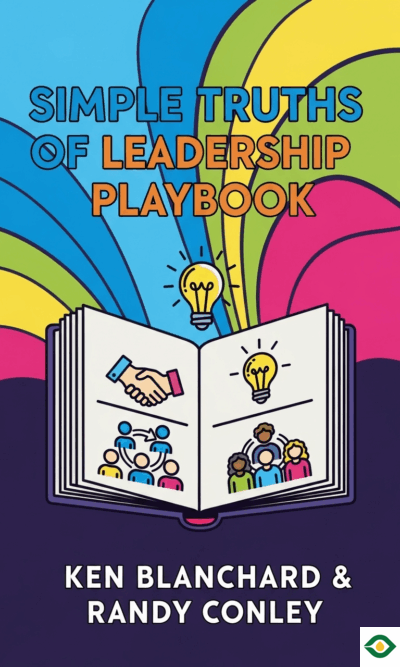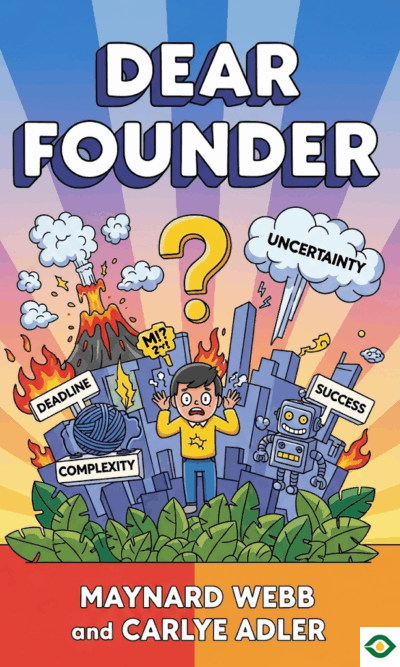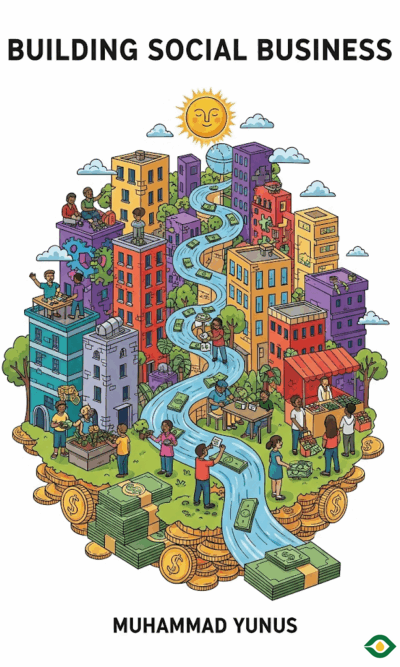Description
Culture is the hidden force that shapes every company’s future. Products, investments, or strategies can change over time, but the way people work together, make decisions, and treat one another is what truly defines success. In What You Do Is Who You Are, Ben Horowitz explains that culture is not a slogan on a wall or a set of nice-sounding values. It is the lived reality of how people behave each day. To create a strong culture, leaders must act with clarity, consistency, and courage.
Culture is not one-size-fits-all. Each company must build its own way of operating. For example, some organizations thrive on frugality while others emphasize beauty and quality. What matters is not copying someone else’s style but building a culture that fits your business, your team, and your leadership. Intel, for example, grew into a technology giant by breaking old rules and creating an open, idea-driven workplace. Its culture empowered engineers, encouraged bold innovation, and built trust through equality.
Throughout history, powerful leaders have created lasting cultures. Take Toussaint Louverture, who led the Haitian Revolution and ended slavery. He knew that rules and actions mattered more than speeches. By banning officers from keeping mistresses, he forced them to live with trust and honor. By sparing former plantation owners and keeping them to run farms, he put prosperity before revenge. Louverture understood that culture becomes real when leaders make bold, sometimes shocking, choices that teach people what truly matters.
The Japanese samurai offer another lesson. Their code, known as bushido, was not about lofty ideals but about daily practices. They lived by virtues such as honor, sincerity, and politeness. Most importantly, they constantly reflected on death, which freed them from fear and helped them act with courage. In business, this means recognizing the risks of failure, accepting them, and focusing on the actions that matter most. Virtues are about what you do, not what you claim to believe. A company that truly respects its customers, for example, must prove it through difficult but honest actions.
Shaka Senghor, who transformed his life in prison, also showed the power of reshaping culture. As a gang leader, he turned a violent group into one guided by discipline and learning. He enforced daily routines, study sessions, and honest conversations. Over time, the gang moved toward a more ethical way of living. His story proves that culture can change when leaders consistently model new behaviors and give people the structure to follow them. In business, this is a reminder that first impressions matter, daily habits matter, and leaders must “walk the talk.”
Even the legendary conqueror Genghis Khan offers lessons about culture. He built one of the largest empires in history by creating loyalty and inclusion. He promoted people based on talent instead of birth, welcomed skills from other tribes, and encouraged marriages to bring groups together. At the same time, he demanded loyalty. Betrayal was never rewarded, but honest service was. Modern companies can learn from this balance of inclusion and loyalty. A workplace where people feel valued, respected, and unified will achieve more than one divided by class or privilege.
Still, there is no magic formula for culture. Leaders must shape it based on their own strengths and weaknesses. If a CEO values long discussions, they must surround themselves with quick decision-makers. If hard work is essential, they must show it through their own habits. Culture only works when it reflects the personality of the leader and the strategy of the company. A motto like “move fast and break things” works for a young startup but would be disastrous for an airline manufacturer.
Good culture also requires strong decisions. When new challenges arrive, leaders must be willing to redefine priorities. For example, Research In Motion, the company behind BlackBerry, failed to adapt when Apple introduced the iPhone. Their culture was tied too tightly to old strengths like long battery life and ignored new realities like design and touchscreens. A strong culture must evolve when conditions change. That requires leaders to make tough, sometimes shocking, decisions that reset expectations and remind people of what truly matters.
Leaders must also balance being a wartime and peacetime CEO. In wartime, urgency, boldness, and fast action dominate. In peacetime, patience, careful planning, and protocol matter more. Great leaders know when to shift between these modes, just as Apple shifted from Steve Jobs’s fierce style to Tim Cook’s steady approach. Both styles created success because they matched the moment.
Amid all the variety of possible virtues, two stand out as nearly universal: trust and loyalty. Trust allows people to share problems without fear, to deliver bad news honestly, and to believe in the leader even when times are hard. Loyalty creates bonds that make people give their best effort, even when opportunities elsewhere tempt them. Leaders cannot demand loyalty; they must earn it through honesty, care, and respect. Employees rarely leave companies—they leave managers who fail to build trust.
In the end, culture is not about words but about actions. You cannot simply declare values; you must demonstrate virtues. Every rule you make, every decision you take, and every habit you model becomes part of the culture. That is why the title of the book says it all: what you do is who you are. Culture is the reflection of your deeds, not your words.
To create the right culture, begin with self-awareness. Know what kind of leader you are, where your strengths lie, and what habits you can model. Then define a set of virtues that guide daily actions in your company. Make sure these virtues are clear, practical, and visible in every decision. Test them by asking new employees what they notice in their first days. Adjust when needed. And always remember that the way you and your team behave each day is the real foundation of success.
This book is a reminder that culture is not decoration; it is destiny. Leaders shape culture through their choices, and culture shapes everything that follows. If you want a company that is trusted, resilient, and successful, you must live by the virtues you want others to follow. Because at the end of the day, it is not your slogans or speeches that define you—it is what you do.





